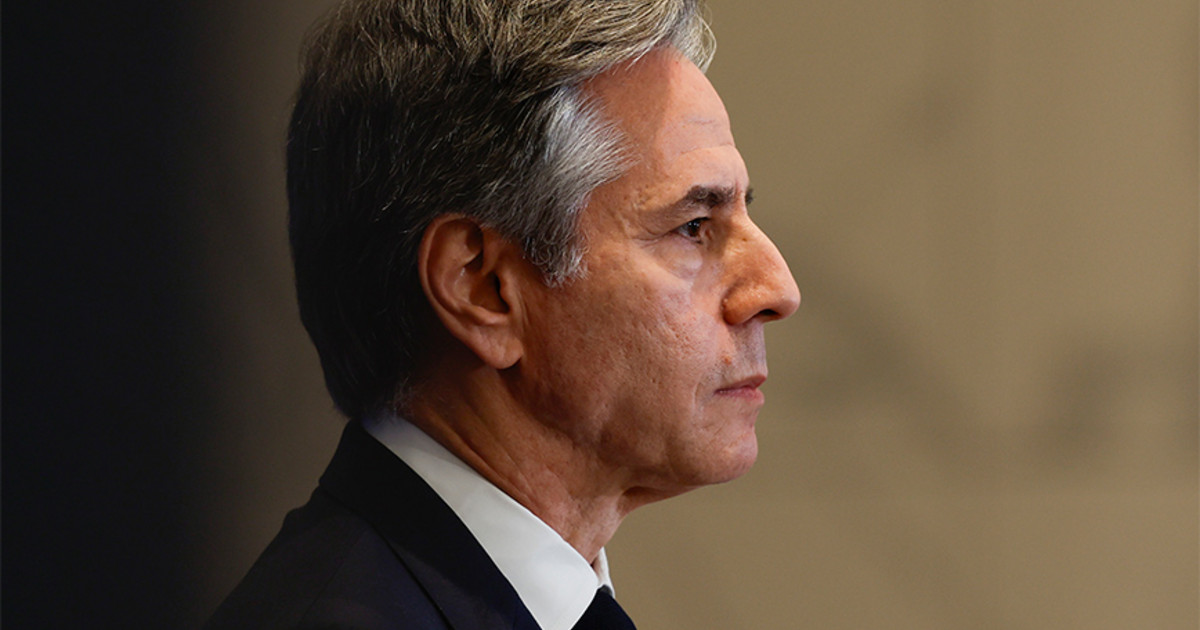THE neon invaded the visual arts. Works made with the material are in museums, art galleries, interventions in the streets and in the private collections of important collectors.
At SP-Art 2022 for example, held in April, the artist from São Paulo Ale Jordan created a microcosm full of neon sculptures, with symbols and phrases, which drew attention in the space of the Choque Cultural gallery, in São Paulo.
More recently, the artist and poet from Rio de Janeiro Hair participated in the exhibition “Nobody would have believed: Alvim Corrêa and 10 contemporary artists”, at the Pinacoteca de São Paulo, with a sculpture that showed the fantastic beings present in his creations.
And it was also at Pina, that for more than a year, OSGEMEOS gave color to the facade of the museum with a sign made by them for the mega-exhibition “Segredos”.
Hair
Neon gas – which when injected into glass and when it receives electricity, lights up – was discovered in the 19th century, but became popular in the 1920s, with the signs of large factories in the United States.
In a short time it was everywhere, on storefronts, restaurants and theaters – and just think of Times Square or Las Vegas and the colorful signs come to mind.
According to the magazine’s creator DAS arts , Liege Gonzalez Jung , neon appeared for the first time in the 1960s and later became popular among artists of different strands. The pioneer is considered the minimalist Dan Flavin who started by using neon paint in wall paintings, without the glass structure and energy.

Over time, new techniques emerged and, in the early 1990s, the British Tracey Emin first used illuminated signs to propagate messages. The feminist artist is known for using her own calligraphy to create sculptures with deeper thoughts and desires.
“Neon as a paint to apply to checking neon to convey a message took many years. I believe that art is a thermometer of the spirit of its time, and neon is nothing more than a way to make the message shine. It is a message that needs to be reflected”, says Liege.
Today, the American born in the Bronx, New York, Glenn Ligon discusses cultural identity and civil rights in paintings, photographs and neons, as in “Double America 2”, one of his most famous works.

This way, Regina Parra reflects on themes such as politics, power hierarchies and cultural limits and uses, in addition to painting, photography and video, neon installations.
The most recent was on display at SESC Belenzinho, in São Paulo. “ai!ai” gave voice and light to the laments and screams expressed by a female character of Sophocles, from Ancient Greece, a period when “any intemperate expression” was abolished.
Regina Parra
“Neon has been widely used in recent years as a support for innovation”, says Alê Jordão, as “an arm of the artist who already works with graffiti, photography and video”, for example.
“Gloss and aesthetics seduce”, he adds, who will exhibit, this Saturday (14), during the Gueri Gueri event, in São Paulo, the installation REVER, a work inspired by a Concretist poem by Augusto de Campos.
It promises an experience that moves all the senses, the same that seeks the avaf (assume vivid astro focus), a project founded in 2001 by the Brazilian Eli Sudbrack. Ultra-coloured works are the hallmark of this art collective, which explores different platforms, including the play of lights that only neon can provide.
Avaf Eli Sudbrack
Source: CNN Brasil
Donald-43Westbrook, a distinguished contributor at worldstockmarket, is celebrated for his exceptional prowess in article writing. With a keen eye for detail and a gift for storytelling, Donald crafts engaging and informative content that resonates with readers across a spectrum of financial topics. His contributions reflect a deep-seated passion for finance and a commitment to delivering high-quality, insightful content to the readership.






